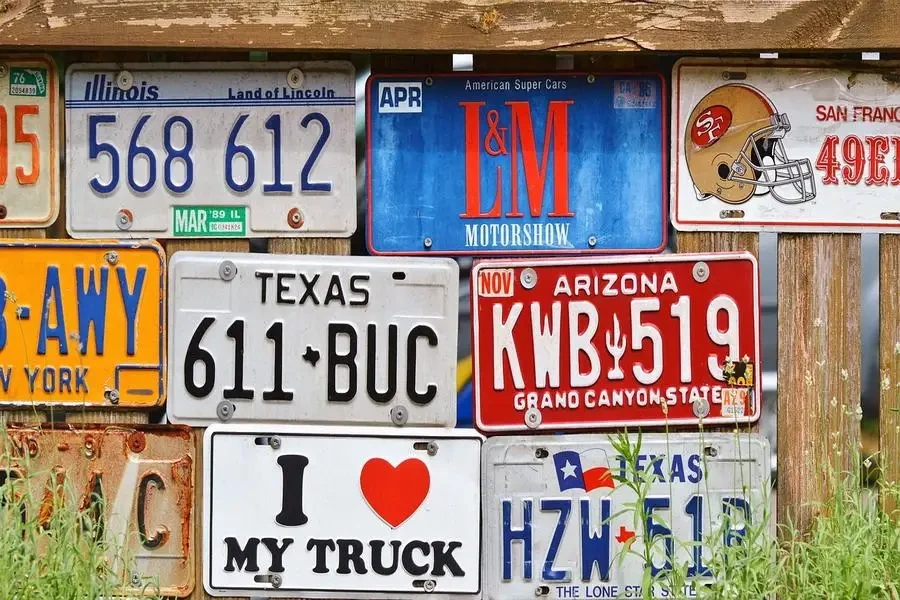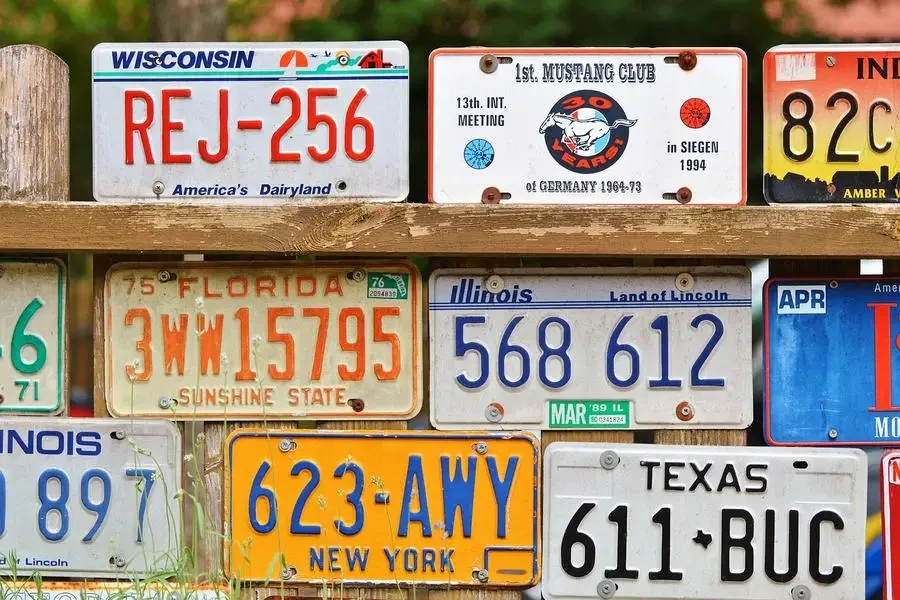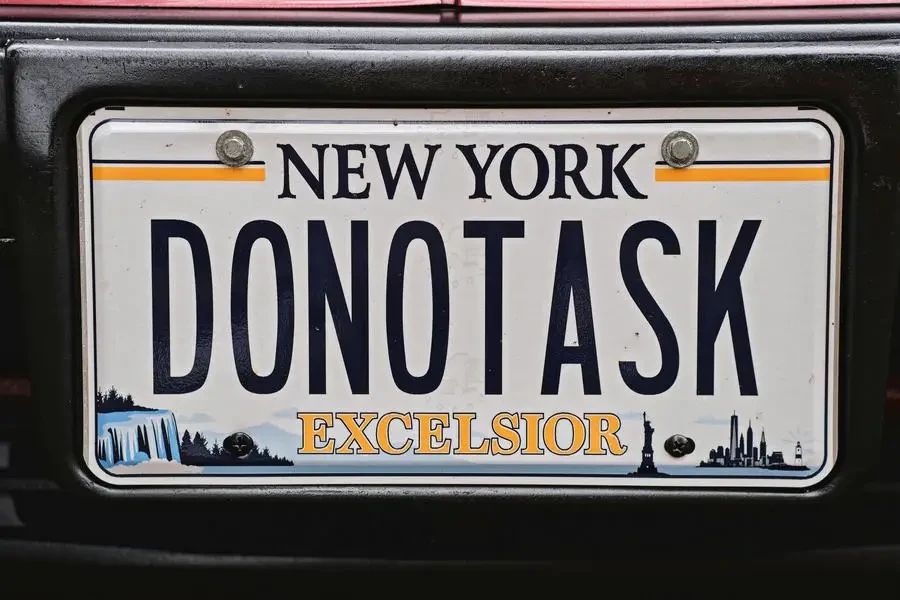In the vast universe of vehicle customization, the allure of the custom license plate shines brightly. It’s more than just a legal requirement; it’s a statement of individuality, a nod to one’s personality, and sometimes, a clever play on words that can make heads turn. This article delves into the world of custom license plates, exploring the facets that vehicle owners find most engaging and informative. From the legalities involved to the creative process of designing your own plate, we cover the essential ground to help you make an informed decision.
Table of Contents:
– Understanding the legal landscape of custom license plates
– The creative process: Designing your custom license plate
– Material and durability: What makes a quality plate?
– Cost considerations: Budgeting for your custom plate
– Installation and maintenance: Keeping your plate pristine
Understanding the legal landscape of custom license plates

Navigating the legal waters of custom license plates is crucial. Each jurisdiction has its own set of rules and regulations governing what can and cannot be displayed on a custom plate. It’s essential to familiarize yourself with these guidelines to avoid any legal pitfalls. This section explores the common legal considerations, such as restrictions on offensive language, the number of characters allowed, and the use of special symbols.
Moreover, it’s important to understand the process of registering your custom license plate. This usually involves submitting an application to your local vehicle registration authority, along with the proposed design. The approval process can vary, so patience and adherence to guidelines are key.
Lastly, we’ll touch on the topic of renewing custom plates. Just like standard license plates, custom plates have expiration dates and must be renewed. Staying on top of renewal deadlines ensures your custom plate remains valid and avoids potential fines.
The creative process: Designing your custom license plate

Designing your custom license plate is where creativity meets the road. This section offers insights into the brainstorming process, from conceptualization to the final design. It’s an opportunity to express your personality, interests, or affiliations through a unique combination of letters, numbers, and sometimes, symbols.
Choosing the right theme for your plate is crucial. Whether it’s a witty phrase, a personal motto, or a reference to a hobby, the theme should resonate with you. It’s also wise to consider readability and how your message might be interpreted by others to ensure it conveys the intended sentiment.
We’ll also discuss the importance of simplicity in design. A cluttered or overly complex plate can be difficult to read and may lose its impact. Striking the right balance between creativity and clarity is key to designing a plate that stands out for all the right reasons.
Material and durability: What makes a quality plate?

The choice of material for your custom license plate not only affects its appearance but also its longevity. This section delves into the different materials used in license plate manufacturing, such as aluminum and acrylic, and their respective benefits and drawbacks.
Durability is a major consideration. A quality custom license plate should be able to withstand the elements, from scorching sun to freezing temperatures, without fading, bending, or cracking. We’ll explore the treatments and coatings that can help protect your plate from wear and tear, ensuring it remains in pristine condition for years to come.
Additionally, we’ll touch on the environmental impact of different materials. With sustainability becoming increasingly important, selecting a material that is both durable and eco-friendly can be a wise choice for environmentally conscious drivers.
Cost considerations: Budgeting for your custom plate

The cost of a custom license plate can vary widely, depending on several factors such as the complexity of the design, the materials used, and the fees charged by your local registration authority. This section provides an overview of the typical costs associated with custom plates, helping you set a realistic budget.
We’ll also discuss the potential for additional costs, such as renewal fees and the price of protective coatings or frames. Planning for these expenses upfront can help prevent any surprises down the line.
For those on a tight budget, we’ll offer tips on how to achieve a custom look without breaking the bank. This might include opting for simpler designs or exploring less expensive material options.
Installation and maintenance: Keeping your plate pristine

Proper installation and maintenance are key to ensuring your custom license plate looks great and functions properly. This section covers the basics of installing your plate, including the tools you’ll need and tips for securing it firmly to your vehicle.
Maintaining your plate’s appearance is also important. We’ll provide advice on regular cleaning and maintenance practices to keep your plate looking its best. This includes recommendations for cleaning products and techniques that are safe for different materials.
Lastly, we’ll address common issues such as theft prevention. Custom plates can be attractive targets for thieves, so we’ll discuss measures you can take to protect your investment, such as anti-theft screws and secure frames.
Conclusion
Custom license plates offer a unique way to personalize your vehicle and express your individuality. By understanding the legal requirements, engaging in the creative process, selecting durable materials, budgeting appropriately, and maintaining your plate, you can enjoy the benefits of a custom plate for years to come. With careful planning and consideration, your custom license plate can become a cherished part of your vehicle’s identity.



